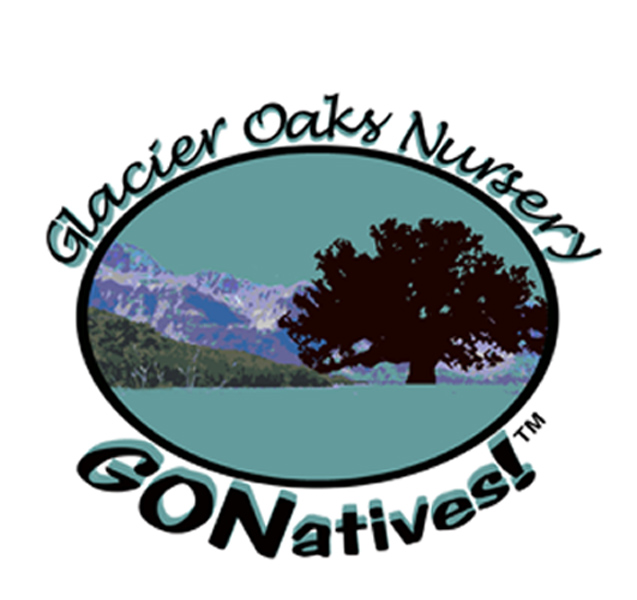Mary T. McClelland recently sent a letter to the editor after reading three recent articles in the Northwest Herald on pest problems with trees.
Two were on the Gypsy Moth (‘Appetite for Destruction’ 5/24/07, ‘Infested’ 7/19/07) and one on Emerald Ash Borer (EAB) (‘Bug bores way into county’ 7/20/07). These articles described how both pests are exotic – not native to our region, i.e. have no natural controls, and that both pests are attacking our native stands of trees, particularly the oak and ash trees, respectively.
The USDA has done an excellent job guarding our mature plant material by monitoring and preventing the spread of these pests in commercial nurseries, tree farms and public areas--but they can only do so much. It will take everyone paying more attention to the trees in their yard, in their parks and forest preserves and along the roads. Commercial operations are well-regulated with annual inspections and pest prevention programs, it’s our homes we need to pay attention to. Part of the reason these pests spread so quickly is because we are not paying attention to how we contribute to their spread.
The female gypsy moth cannot fly – so, an observant person can spot egg masses, remove and destroy them if they know what to look for. The EAB flies only a few miles (though it can be carried on the wind), but the greatest distance it traverses is hitchhiking in our firewood and mulch.
Sensationalizing pest outbreaks will not protect our existing hardwood forests in the long run. Spraying all the neighborhoods will only provide temporary control. Protection, Prevention and Regeneration of the Oak forests in McHenry County is the best form of long term control. Caring about the mature forests we have left in McHenry County (about 10% of pre-settlement Oak-Hickory Woods are left) and learning what threats (including bulldozers) to look for, will help protect the trees we all take for granted.
Recently The Land Conservancy of McHenry County initiated the Oak Collaborative with state, federal, county, municipal, and private organizations to develop a plan to start rebuilding the Oak-Hickory legacy of the County. Much of the remaining Oak woods are on private land and will require the landowners cooperation and vision. Education and support of private landowners who take the initiative to protect, preserve and regenerate their Oak woods will help everyone in the county as the trees help recharge our valuable groundwater, cleanse our air, sequester carbon, and provide valuable habitat and food for wildlife—and us.
To see the Letter as it was Published go to: Protect the trees Northwest Herald, Tuesday, July 31, 2007





